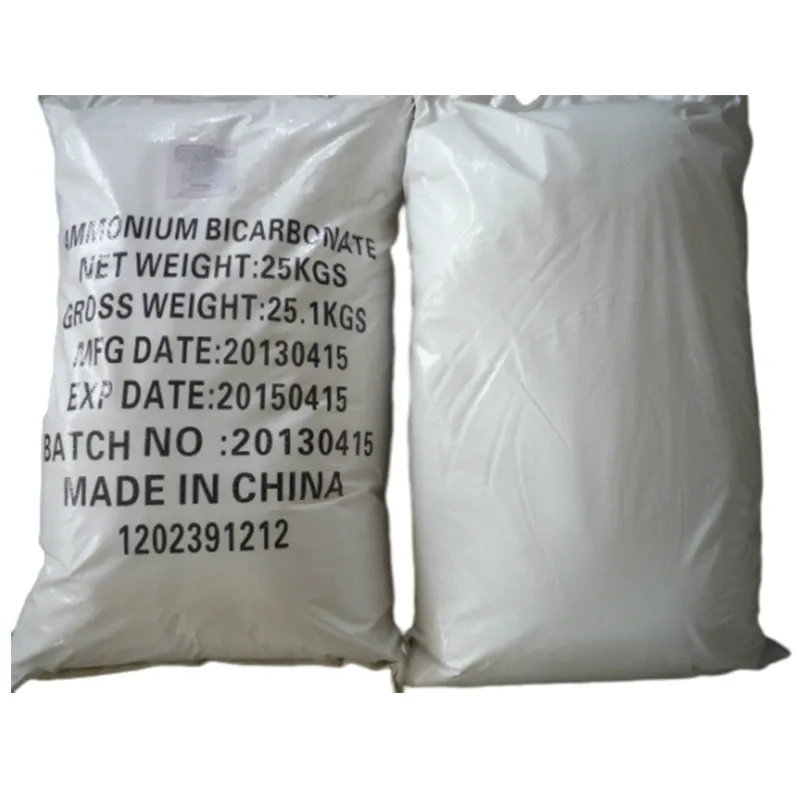
e433 food additive
Understanding E433 The Food Additive and Its Implications
Food additives play a critical role in the modern diet, enhancing flavor, improving texture, increasing shelf life, and ensuring food safety. Among the myriad food additives, E433, also known as “Polysorbate 80,” is a widely utilized emulsifier that plays a significant role in the food industry.
What is E433?
Polysorbate 80 is a non-ionic surfactant and emulsifier derived from sorbitol, a sugar alcohol, and fatty acids. It is commonly used in various food products to facilitate the mixing of water and oils, which typically do not combine well. This makes E433 essential for creating stable emulsions, especially in sauces, dressings, and ice creams where a uniform texture is desired.
Common Uses of E433
E433 is prevalent in many processed food items, including salad dressings, mayonnaise, baked goods, and dairy products. It helps to maintain consistency and prevent the separation of ingredients. Additionally, it is also found in a variety of non-food products, such as cosmetics and pharmaceuticals, demonstrating its versatility.
In addition to its emulsifying properties, E433 can improve the mouthfeel of food products and enhance the overall sensory experience of consumers. For instance, in ice cream, it aids in achieving a smooth texture while preventing the formation of ice crystals, making the final product more enjoyable.
Safety and Regulations
e433 food additive

The safety of food additives like E433 is rigorously evaluated by various health authorities worldwide. In the European Union, for instance, E433 is considered safe for consumption and is regulated under the European Food Safety Authority (EFSA). Similarly, the U.S. Food and Drug Administration (FDA) has classified Polysorbate 80 as generally recognized as safe (GRAS) when used appropriately.
However, as with any additive, it is essential for consumers to be aware of their potential effects. Some studies have raised concerns about the impact of polysorbates on gut health and the microbiome, although conclusive evidence is still lacking. As a precaution, individuals with specific allergies or sensitivities should always check food labels for the presence of E433, among other additives.
The Future of Food Additives
The food industry is evolving, with increasing scrutiny on the use of additives and a growing demand for clean label products—those free from artificial ingredients. This trend has prompted manufacturers to explore natural emulsifiers and alternatives to E433. Some of these alternatives include lecithin, guar gum, and natural starches, which can also provide emulsifying properties without the potential complications associated with synthetic additives.
Despite the shift towards more natural ingredients, E433 is likely to remain a staple in many formulations due to its efficacy and versatility. Continued research and consumer feedback will influence whether its use will expand or diminish in the coming years.
Conclusion
E433, or Polysorbate 80, is a crucial food additive with numerous applications in the food industry. While it contributes significantly to food stability and quality, it is essential for consumers to stay informed about what they are consuming. As the demand for transparency and healthier alternatives grows, the landscape of food additives will undoubtedly continue to evolve. Understanding additives like E433 empowers consumers to make informed dietary choices while navigating the complexities of modern food production.
-
Industrial Chemicals: Quality & Purity for Every IndustryNewsAug.28,2025
-
Nitrile Rubber Honoring Strict Production StandardsNewsAug.22,2025
-
Aspartame Ingredients Honoring Food Safety ValuesNewsAug.22,2025
-
Fertilizer for Balanced Plant NutritionNewsAug.22,2025
-
Cyanide Gold Processing with High Purity AdditivesNewsAug.22,2025
-
Formic Acid in Textile Dyeing ApplicationsNewsAug.22,2025
-
Aluminum Hydroxide Gel in Skincare ProductsNewsAug.22,2025
Hebei Tenger Chemical Technology Co., Ltd. focuses on the chemical industry and is committed to the export service of chemical raw materials.
-

view more DiethanolisopropanolamineIn the ever-growing field of chemical solutions, diethanolisopropanolamine (DEIPA) stands out as a versatile and important compound. Due to its unique chemical structure and properties, DEIPA is of interest to various industries including construction, personal care, and agriculture. -

view more TriisopropanolamineTriisopropanolamine (TIPA) alkanol amine substance, is a kind of alcohol amine compound with amino and alcohol hydroxyl, and because of its molecules contains both amino and hydroxyl. -

view more Tetramethyl Thiuram DisulfideTetramethyl thiuram disulfide, also known as TMTD, is a white to light-yellow powder with a distinct sulfur-like odor. It is soluble in organic solvents such as benzene, acetone, and ethyl acetate, making it highly versatile for use in different formulations. TMTD is known for its excellent vulcanization acceleration properties, which makes it a key ingredient in the production of rubber products. Additionally, it acts as an effective fungicide and bactericide, making it valuable in agricultural applications. Its high purity and stability ensure consistent performance, making it a preferred choice for manufacturers across various industries.





